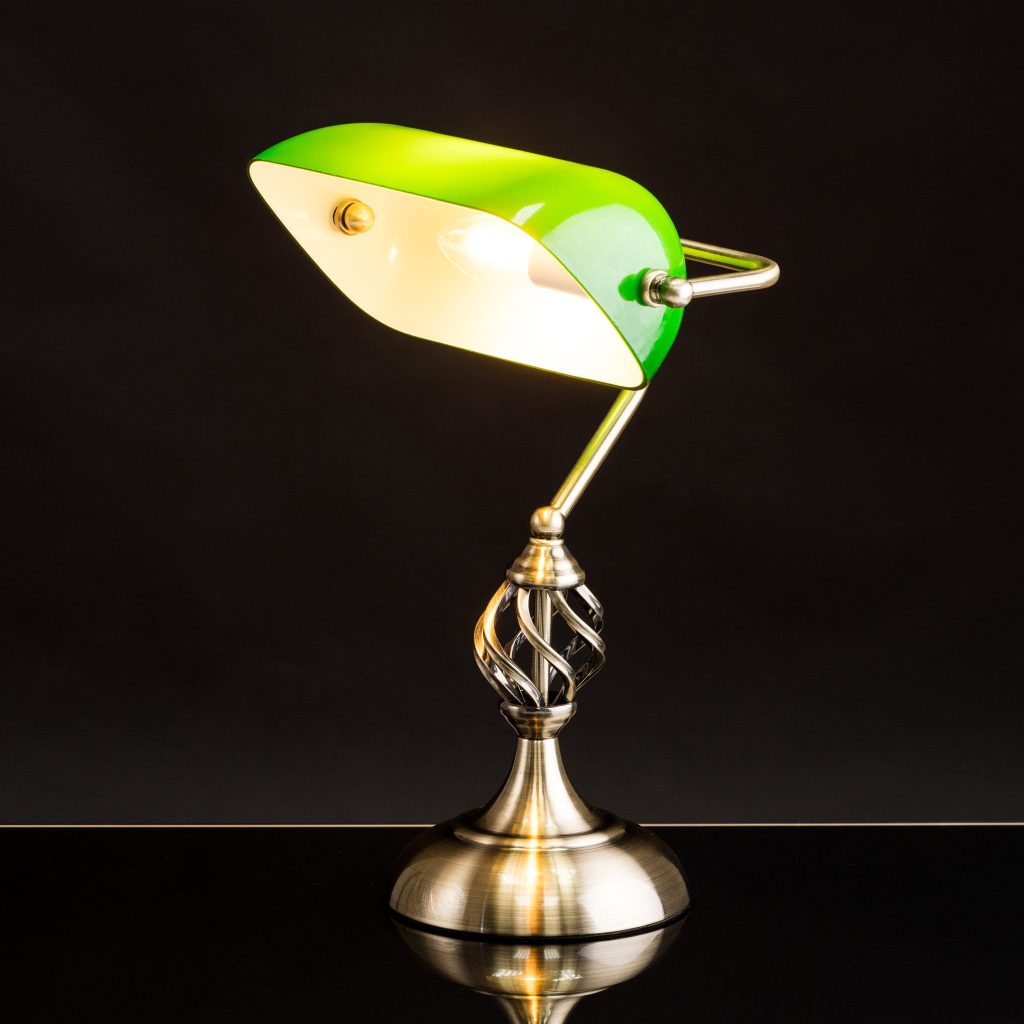
Product photography for me, seems to attract a lot of domestic and commercial light manufacturers. This tends to be one of the types of products that’s a little more difficult to photograph in-house by an employee with an iPhone or a “nice camera”.
Of course, the reason why it’s a little more difficult is down to the fact there are two aspects to the product we are trying to capture. We need to capture the ambience of the light itself, and how it adds warmth or atmosphere to a room. We also need to capture the detail in the craftsmanship. And there’s the rub.
To capture the detail, we need to light it carefully, so we can see the shape, form and texture. Exactly the same as we would photograph any other product. However, that would kill any of the light from the bulb, and therefore remove any kind of ambience or atmosphere.
There’s a couple of techniques to accomplish our goal, and this one is the simplest. I Set the keylight frame right, an Elinchrom BRX500Ri, firing through a large softbox (40×53 inches). Output was at 2.3, which is minimum.
Rather than use another light source to fill frame left, I used a silver reflector to bounce the light back towards the subject area. The lamp is sat on a piece of black glass (ex coffee table top), with a black paper backdrop about 12 feet behind.
This gave me a correct exposure at ISO400 of f6.3. All I needed to do to capture the ambience and atmosphere was to ensure the camera was set to 2nd curtain (marked as “Slow” on the Olympus), and then make a longer exposure which would take in the warm glow from the bulb, and then fire the flash at the end of the exposure.
Olympus E-M1 mkII 1/20th sec ISO400 40-150mm f2.8 @ 82mm f6.3
The alternative method is to take a number of images, with and without flash, and blend them. I tend to have a preference for whatever makes life easier.
I provide training via Focal Point.


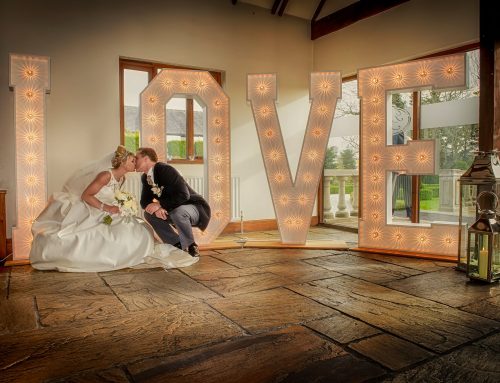
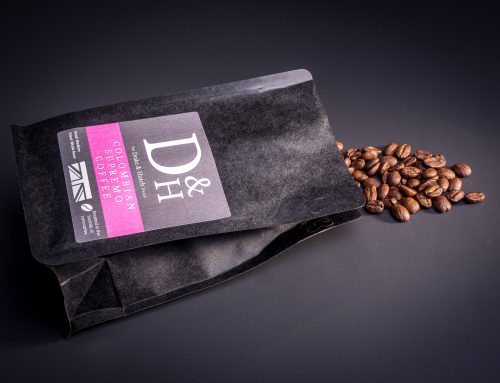
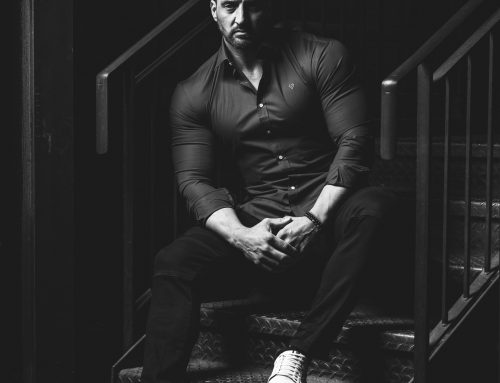
[…] As usual when photographing lights, it’s not just the object that’s being sold, but the ambience and lifestyle it projects. This particular light had a very ornamental filament bulb, consequently giving a very warm glow. Quite often, to combine both the ambient light provided by the bulb, and the flash light provided by the Elinchrom studio heads, I have to use a quite slow shutter speed, as explained here. […]